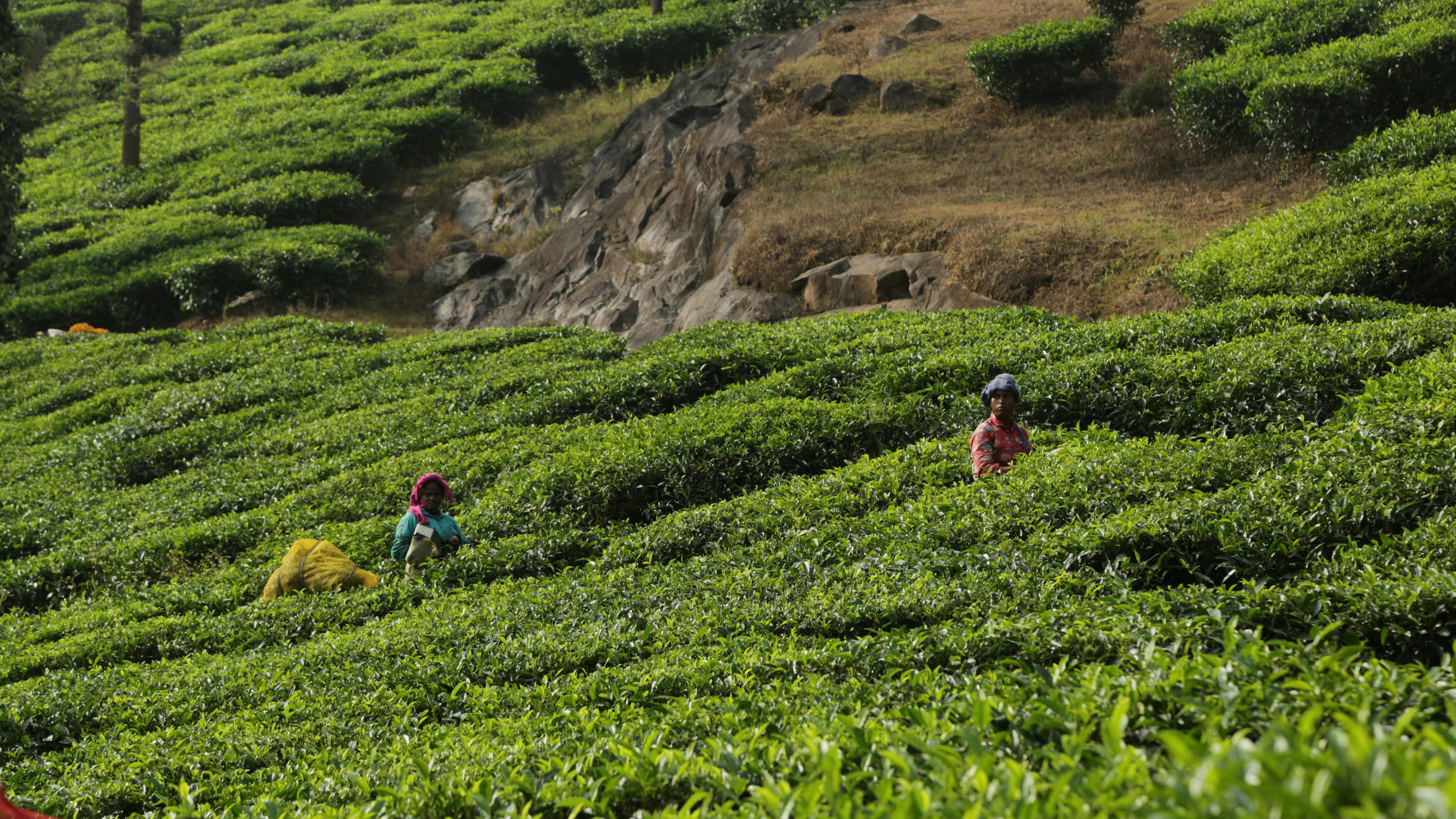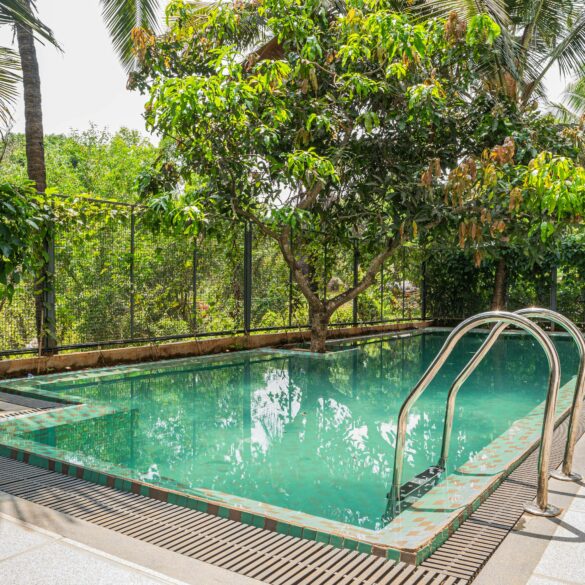Sri Lanka Tea Culture: Techniques for Memorable Premium Beverage Experiences
Ever found yourself captivated by a cup of tea so vibrant, so aromatic, that you remember the moment years later? That was me in central Sri Lanka, standing on cool-wet earth just after morning rain, inhaling peppery-sweet Ceylon notes that seemed to signal something deeper—a kind of everyday magic. What really strikes me now is how much of that experience had little to do with price, fancy teaware, or sleek branding; it was storytelling in a cup, a blend of genuine hospitality and authentic tradition. While plenty of travelers talk about “world-class” tea, few fully realise (or realize, depending on where you’re reading from) the multi-sensory layers behind Sri Lanka’s tea rituals. Here’s the thing: Sri Lankan premium tea culture isn’t just about the leaf. It’s about memory, community, sensory detail, and a slow, deliberate technique that transforms a basic beverage into something profoundly memorable.1
I’ll be honest: I’m passionate about tea and travel, and my years as a beverage consultant have taught me the nuances of terroir, brew temperature, timed infusions, and—perhaps most importantly—the quirky rituals and social codes that turn a “good” cup into an extraordinary one. Whether you’re new to tea, a seasoned connoisseur, or planning an immersive journey across Sri Lanka’s highlands, you’ll find something unexpected in today’s exploration of authentic tea culture techniques that create truly premium beverage experiences. And, as someone who’s made a few brewing mistakes, I’ll share practical, actionable strategies alongside cultural backstories, so you’ll not only taste world-class tea—you’ll genuinely understand it.
Roots of Sri Lankan Tea Tradition
Here’s what I’ve learned after countless field visits and tasting sessions: Sri Lanka’s tea culture is inseparable from its colonial history, local ecology, and community life.2 Back when coffee rust devastated plantations in the mid-1800s, British planters reinvented the region for Camellia sinensis. These days, Sri Lanka’s tea estates—spanning high mountain terrain and rolling valleys—don’t just produce a commodity. They foster a living tradition, with each region (Nuwara Eliya, Kandy, Uva, Dimbula, Ruhuna, Sabaragamuwa) contributing unique flavor profiles. Did you know the “silver tips” specialty teas from Sri Lanka are among the most sought-after globally, thanks to careful hand-plucking and ultra-selective grading?3
From my perspective, one of the most memorable features of Sri Lankan tea is the fusion of old and new: age-old craftsmanship layered with innovative sustainable farming, visitor engagement, and creative tea gastronomy. I remember sipping small-batch Uva with a local guide who explained how weather—just an hour’s tropical rain—can shift the harvest flavor dramatically. Actually, let me clarify that: Sri Lanka’s microclimates produce such variability that two estates just kilometers apart can yield radically different taste notes—floral, brisk, piney, chocolatey—depending on altitude, wind, and season. It’s endlessly fascinating.
Sensory Experience: Field to Cup
I’m partial to a multi-sensory approach in tea tasting, and in Sri Lanka, the entire experience is orchestrated with careful choreography. Picture this: morning mist rising, pluckers moving in rhythmic rows, leaves being rolled by hand in airy factories where old British machinery mingles with modern Japanese dryers. Every sense is engaged—not just sight and taste, but sound and scent. When you visit, notice the distinct snap of freshly rolled leaf, the gentle hum of oxidation, and, above all, the inviting hospitality—a trait Sri Lankans cherish.5
The best premium tea experiences in Sri Lanka pair vivid flavor with atmosphere: open-air verandas overlooking misty hills, antique teaware, subtle spices, and fresh floral garnishes. The result? More than a beverage. It’s travel, memory, and cultural connection in every sip.
Let that sink in for a moment. In my experience, those moments invite genuine connection—whether with a small group or alone in quiet reflection. It’s entirely different from grabbing a cup on the run. Sometimes I think we miss the value of being present, allowing tea’s complex aromatics to spark old memories or new conversation. Anyone else ever feel that way?
Local Voices & Social Rituals
Let me step back for a moment—before diving into brewing tips, it’s vital to understand the social backbone of Sri Lankan tea culture. I’ve consistently found that tea in Sri Lanka isn’t just a beverage; it’s a ritual of welcome, trust, and warmth. Here’s a vivid scenario: you arrive in a hilly estate village, and almost before introducing yourself, you’re handed a steaming cup in an enamel mug. It’s hospitality, pure and genuine—no fancy barista lingo, no Instagram staging. A mentor once explained to me, “In Sri Lanka, tea is the language of friendship.” I’ve seen business deals, family reunions, and even small political negotiations opened with tea.
What struck me most during my last research trip was the timeless generosity and choreography behind the ‘tea table.’ There’s often fresh coconut sugar, lime, or jaggery on offer—choices that tell stories about seasonal harvest and local taste. Honestly, I reckon those regional touches make all the difference. Some believe premium means price or rarity; in Sri Lanka, premium is often defined by provenance and personal connection.6
- Morning black tea with buffalo curd is a Nuwara Eliya staple.
- Sweet ‘Milk Tea’ (with condensed milk and strong leaf) is a roadside favorite.
- Festival blends often include spices—ginger, cardamom, or cinnamon.
Funny thing is, younger Sri Lankans are pushing tea traditions even further—creating cold-brew infusions, pairing tea with culinary innovation, and participating in global tea competitions7. These creative adaptations co-exist alongside classic rituals: the daily “tea break,” the ceremonial “afternoon pour,” and holiday feasts. Ever notice how traditions evolve while staying rooted in real community?

Planning a Memorable Tea Journey in Sri Lanka
Let’s shift gears for a moment: practical planning. Having guided clients through Sri Lanka’s tea country for years, I’ve learned that timing and approach matter. If you crave peak freshness, arrange visits during harvest transitions—late February to May for Nuwara Eliya or July–August for Uva. Weather’s another game-changer. As someone who braved monsoon mist in Haputale, I can confirm: the smells, tastes, and even hospitality rituals morph with the season. Plus, regional celebrations—like the Kandy Esala Perahera—offer vibrant crossover between tea and Sri Lankan festive culture.10
- Book estate tours early in the harvest window for hands-on experiences.
- Combine visits to tea museums, local guesthouses, and artisan teashops for full immersion.
- Ask your hosts to show “just-plucked” leaves—most are delighted to share insider techniques.
- Include a food pairing session with seasonal fruit or Sri Lankan sweets.
Some of you may wonder: is it safe, comfortable, and accessible for all travelers? Absolutely. These days, most premium estates offer guided walks, tastings, accessible facilities, and local translators. But—I’ll be completely honest—navigation through hill country can be tricky, so plan modest walking shoes, layered clothes for rain or shine, and always check local COVID guidelines.11
Sri Lankan estate tea pickers—mainly women of Tamil heritage—hand-pluck roughly 2.5 kg leaf per day, a tradition with roots dating back nearly 150 years. Local initiatives now recognize their contribution as cultural stewards, not just laborers.12
Meanwhile, don’t forget about scenic Instagram moments: lush green carpets, vintage railways, mountain sunrise over neatly clipped hedges. The view from Lipton’s Seat—a legendary vantage point—ranks among the most breathtaking beverage backdrops I’ve ever photographed. For those partial to history, tea museums in Kandy and Colombo offer engaging exhibits, including original British machinery and rare estate ledgers.13
Looking ahead, Sri Lanka’s commitment to sustainable and organic tea practices continues to evolve. I’m not entirely convinced by all certification schemes, but estates like Amba and Dilmah have pioneered transparent environmental audits14. There’s genuine effort to keep tea tourism green, minimize waste, and support local economies.
Tea Gastronomy: Pairings and Modern Innovations
Which brings me to another point—I’ve never been fond of tea purism. Sri Lankan chefs now pair premium teas with curries, cheeses, and even seafood, creating unexpected flavor harmonies. At a recent food symposium in Colombo, culinary fusion was on full display: aged teas matched with spicy cashew rice, green “Ceylon” cold brew alongside coconut sambol.15 Such innovation isn’t about abandoning tradition, but expanding it. Some of the best beverage moments—at least for me—arise from creative trial and error shared with locals.
- Try frothy Ceylon milk tea with cinnamon-dusted rice pudding.
- Pair cold-brewed green Ceylon with grilled vegetables and sweet chutneys.
- Create a DIY “tea and spice” board for group tastings.
Perhaps you’re thinking: Is this trend just hype? Not really—experts see Sri Lanka as a new culinary destination for experimental tea-driven cuisine. Conference conversations and industry reports show rising global demand for premium Ceylon teas in specialty cafes and restaurants16.
Conclusion: Crafting True Premium Experiences
Let me think about this for a second—if there’s one genuine takeaway, it’s that creating memorable premium beverage experiences in Sri Lanka rests on authenticity, not complexity. What I should have mentioned first, perhaps, is that the richest tea memories aren’t made with standardized formulas, but with attentive presence, curiosity, and genuine local connection. Take a break from technique. Focus on observing: color shifts in the cup, cadence of infusions, quirkiness of local snacks. I’m still learning about the emotional impact—how a single afternoon in a Sri Lankan veranda can linger in your mind for years after you return home. Funny thing is, every time I brew a cup of Ceylon at home, I’m reminded of hilltop laughter, generous hosts, and journeys under shifting monsoon skies.1
Ready to transform your tea routine? Next time you brew Sri Lankan tea, set aside ten minutes, avoid distractions, and explore the full experience: sight, smell, temperature, flavor, and feeling. Snap a photo or jot a quick memory—share it, if you want, and help build a global archive of authentic tea moments.
From my perspective, Sri Lanka’s premium tea culture sets a global standard not just in flavor, but in how we experience and remember cultural hospitality. Perhaps someday tea’s “third wave” will embrace the island’s blend of craftsmanship, welcome, and communal joy. Until then, the best techniques for creating memorable beverage experiences are simple: listen, taste, experiment, and share.
References



